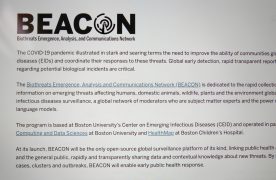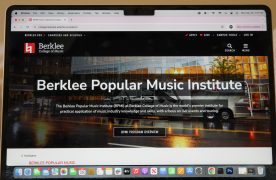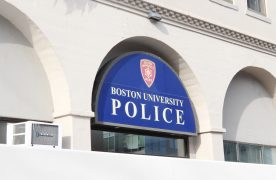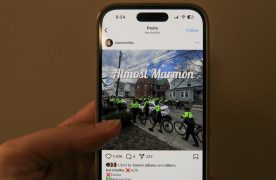On Oct. 9, New York Times Deputy Metro Editor, Michael Luo, penned an open letter. The Times has featured many stirring letters this year, including a letter from Republican national security officials opposing Donald Trump and a letter from the Embassy of Pakistan’s press attaché opposing insinuations that it facilitates Taliban ascendancy in Afghanistan.
All had an impact, but few inspired a movement. Luo’s open letter inspired the hashtag, #ThisIs2016, which encouraged Asian Americans to share their experiences with discrimination on social media. From there, the movement exploded, as the Times dedicated a video segment, Instagram campaign and a coveted A1 spot in the Oct. 11 edition of the paper.
First of all, The New York Times crowned this an important issue by dedicating this amount of coverage. By doing so, the organization validated Luo’s struggle as one that many Americans face daily. This is not an isolated incident and the Times is making a statement that this coverage is not only underrepresented but relatable to a vast number of Americans.
However, it is valid to note that this movement was started by a journalist, whose profession and identity relies upon remaining impartial to movements and the like. At first glance, it seems uncharacteristic that the Times would instigate a movement started by one of its journalists, particularly a racially focused one. Inevitably, it plays with the line that designates a conflict of interest.
When thinking of the Black Lives Matter movement, which started organically, one can only muse as to what would have happened if its origins began with a major news outlet. Inevitably, any substantive coverage of that movement would be viewed from the perspective of a supporter of that movement and not a news source. But is that acceptable?
Jay Rosen, a professor at New York University and leading thinker on all things surrounding the media as an entity, describes this phenomena and the inability to pull ourselves away from our identities.
“We can’t transcend all our starting points. No matter how far it pulls back the camera is still occupying a position. We can’t actually take the ‘view from nowhere,’ but this doesn’t mean that objectivity is a lie or an illusion,” Rosen wrote on his website. “Our ability to step back and the fact that there are limits to it – both are real. And realism demands that we acknowledge both.”
Rosen describes our lens as a journalists and a human. We are, first and foremost, humans. Today’s newsrooms certainly do not resemble the newsroom of the mid-20th century. We are constantly changing and evolving, and a diversity of identities leads to a diversity of perspectives in a newsroom. Without them, we regress rather than progress. By hearing Luo’s experience in its most authentic form, a letter penned by the man himself, it validates not only his experience, but his identity as an Asian American deputy Metro editor at one of the most prominent newspaper in the world.
That being said, the Times needed to handle this a bit more carefully. As highlighted by a piece in Mic, a vast majority of Asians and Asian Americans felt invisible when watching the Times’s video. No South Asians were represented and only a single Filipino woman spoke out. It was tragically ironic that the piece speaking on behalf of Asian Americans feeling validated in their country of origin left out a significant portion of Asian Americans from the conversation. The New York Times had the momentum and support and always has the resources. Why they did not devote that combination to producing the best possible representation of all voices?
The New York Times valiantly supported Michael Luo’s statement, therefore validating his identity as a human and employee, but as always, more could and should have been done.














Funny how you don’t notice when East Asians (slanted-eyed Asians) are routinely omitted from just about every report on groups that are discriminated or have made a positive contribution to this country.
This occurs in all forms of media; print and TV. The movies are no different.
Particularly since 9/11 the media has strongly advocated for Muslims and South East Asians, where they have never and still don’t for East Asians. It’s pretty obvious. We’re not blind nor ignorant.
Maybe you need to pay attention to the media more. See who is routinely “not represented” or “left out.” But maybe you know this and are just being divisive. Gotta take away what little validation East Asians can get.
The video is historical in maybe for the first time in the media, East Asians are strongly validated as a race that continues to face discrimination or worse. Too bad folks have a problem East Asians finally have a venue to talk about that. Too bad that East Asians have to be alone to defend themselves. Too bad this country has so many phony liberals who are bent on being divisive and scapegoating East Asians. My guess is you don’t even care about the Asians that felt invisible. They’re just tools to get Asians pickering with each other…maybe other non-whites are being used as tools the same way.